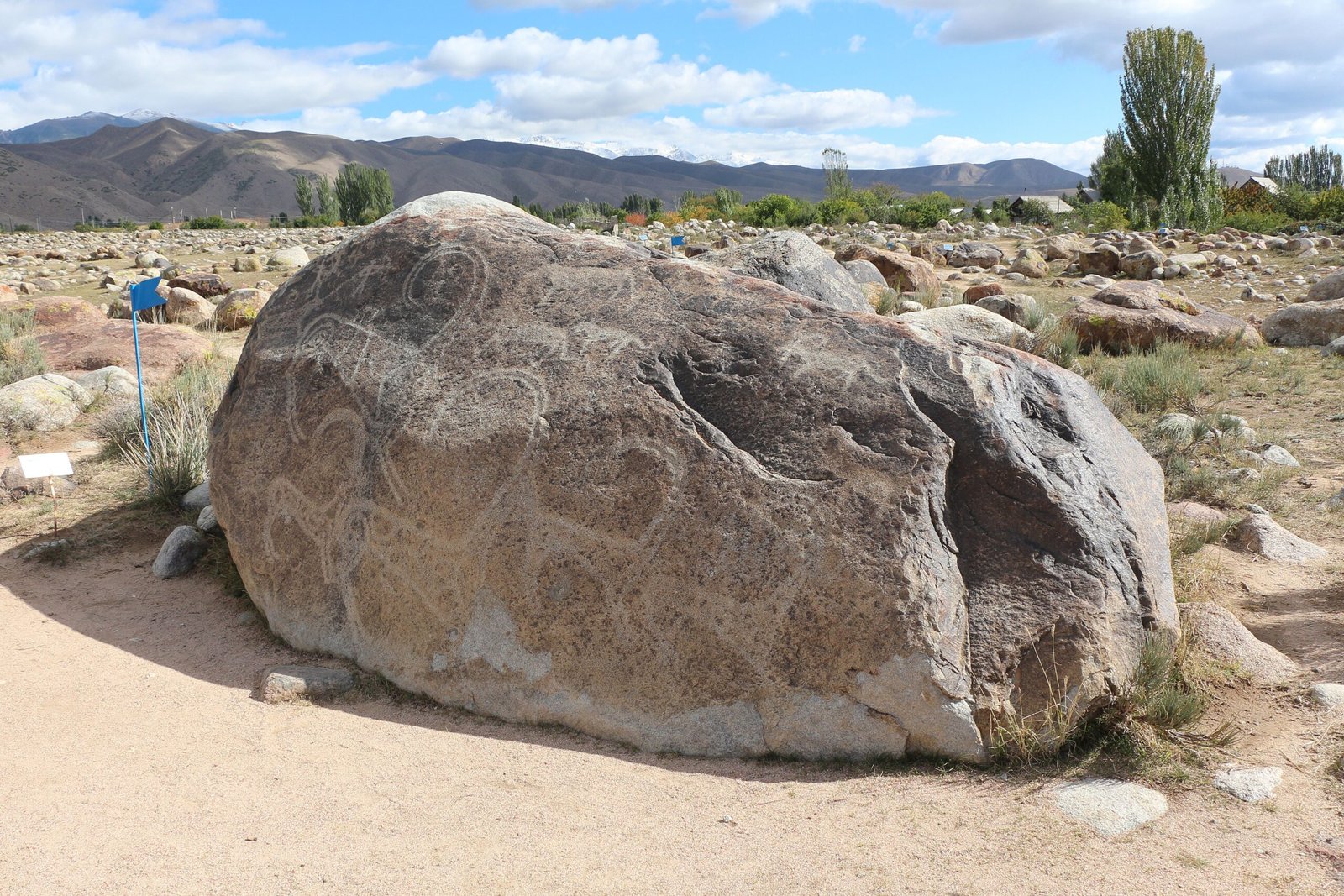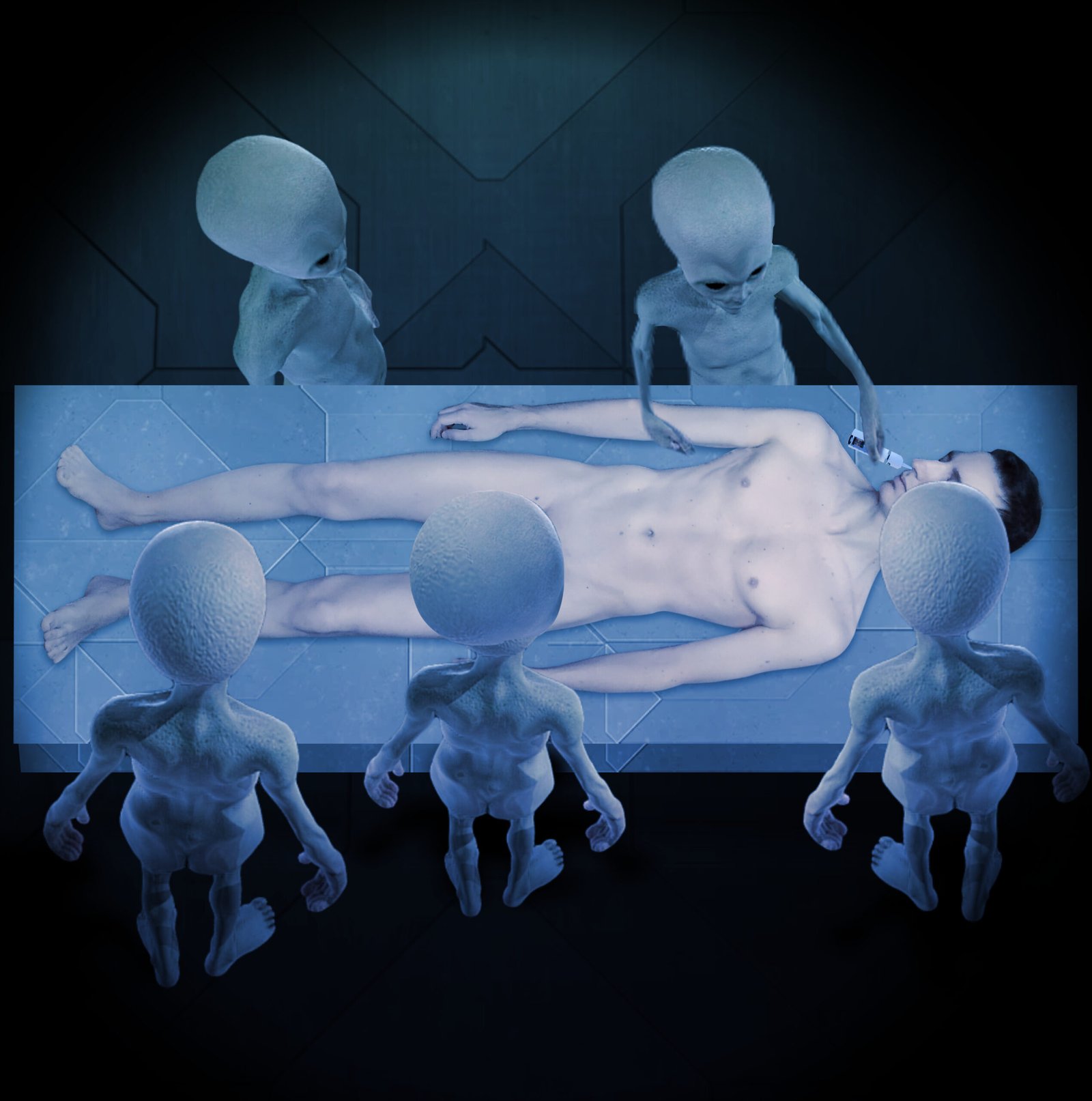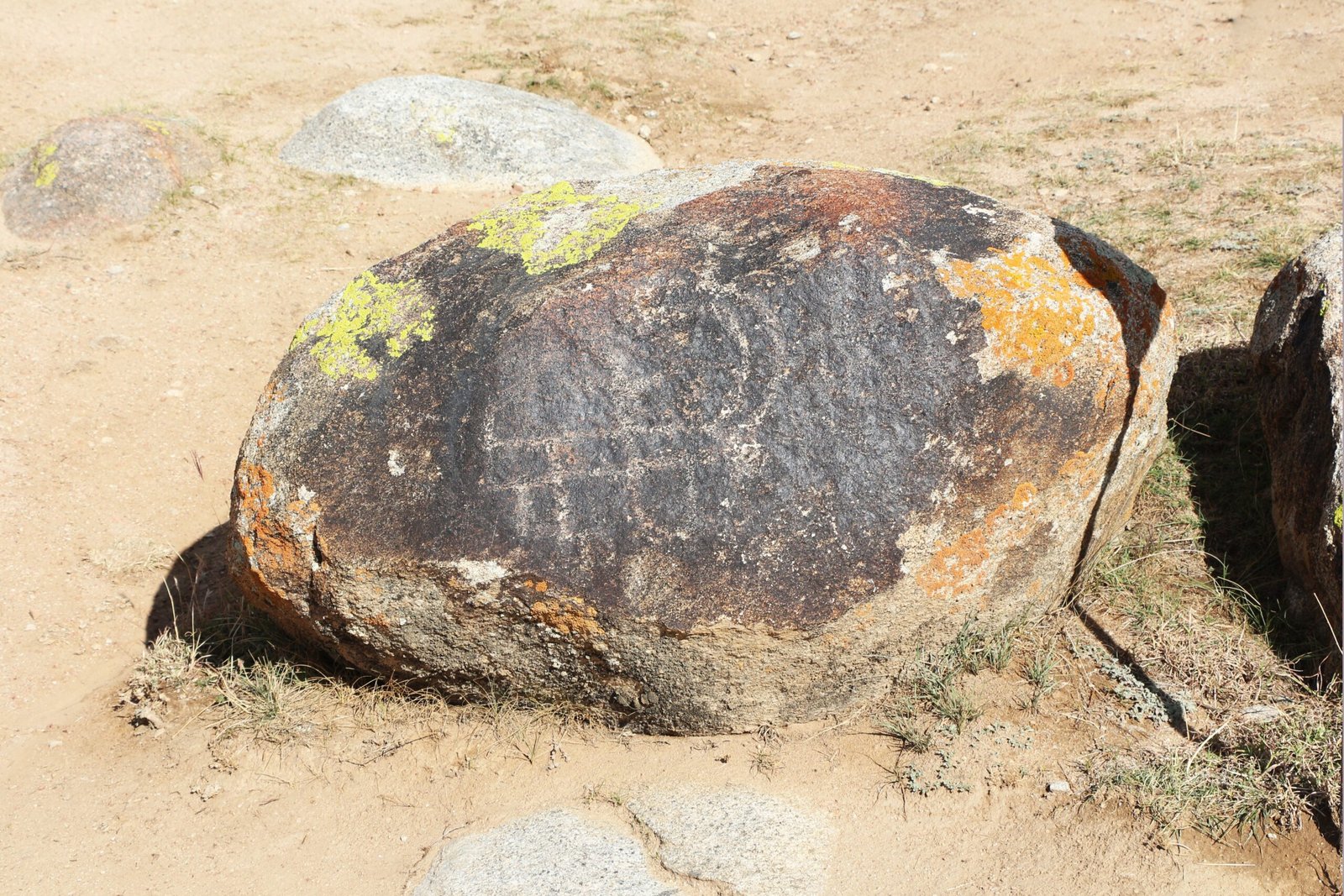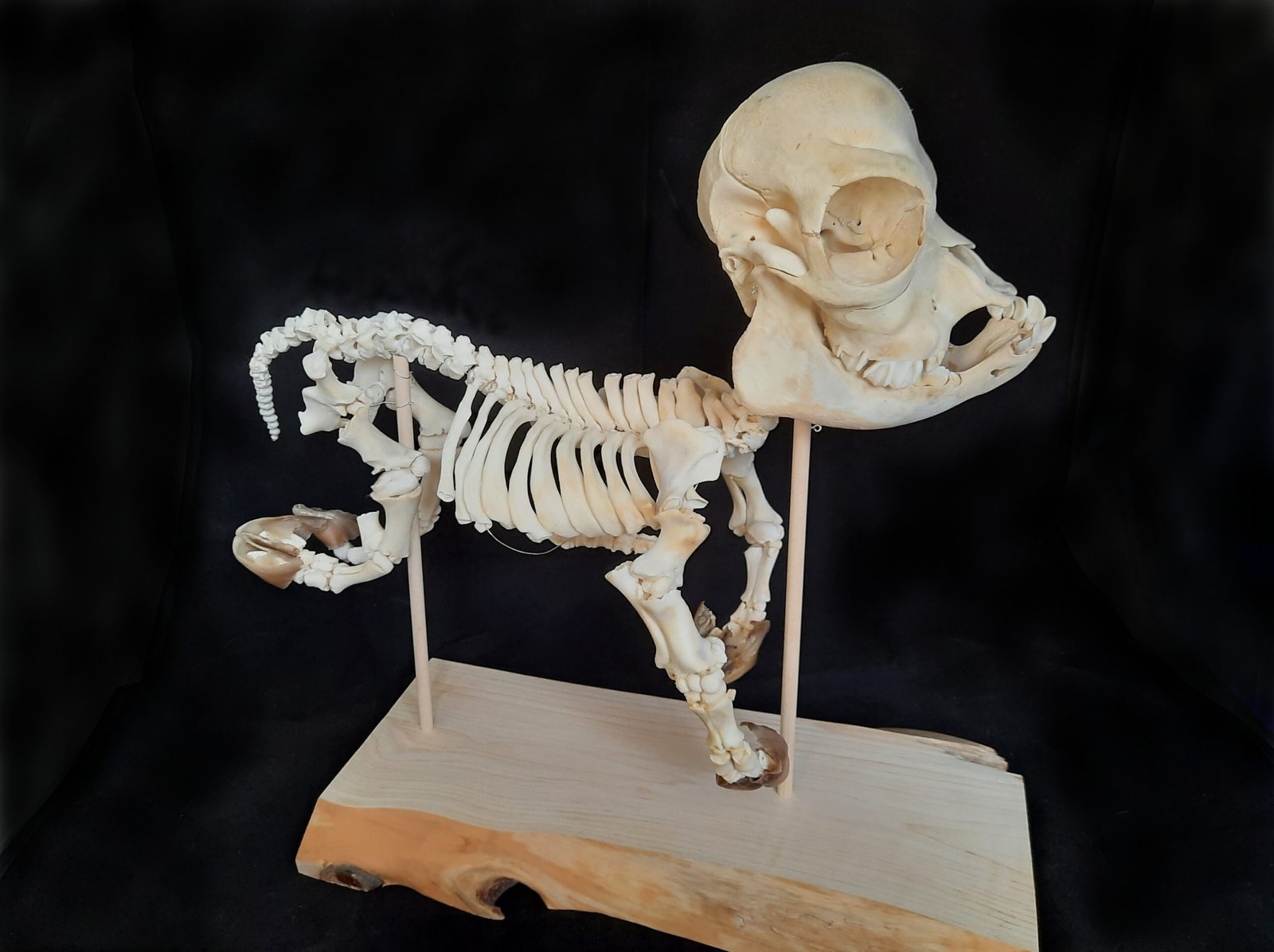In 2003, a tiny skeleton discovered in Chile’s Atacama Desert sparked one of the most fascinating scientific mysteries of the 21st century. The remains were unlike anything researchers had ever seen – a six-inch humanoid figure with an elongated skull, large eye sockets, and only ten ribs instead of the typical twelve. For over a decade, this extraordinary specimen fueled intense debate between believers in extraterrestrial life and skeptical scientists. The story of “Ata,” as the skeleton became known, would eventually lead to groundbreaking genetic research and surprising revelations about human development.
The Desert Discovery That Changed Everything

The Atacama Desert, stretching across northern Chile, is known as one of Earth’s most inhospitable places. This barren landscape receives less rainfall than Death Valley and has soil so sterile that NASA uses it to test Mars rovers. Yet it was here, wrapped in white cloth behind an abandoned church in the ghost town of La Noria, that a local man stumbled upon what appeared to be a mummified alien corpse. The finder sold the specimen to a Spanish businessman, who later brought it to Barcelona, where it would capture the attention of researchers worldwide. The desert’s extreme dryness had preserved the remains remarkably well, creating the perfect conditions for this scientific puzzle to emerge.
Physical Features That Defied Explanation

Ata’s appearance was immediately striking and unsettling to anyone who laid eyes on the specimen. The skeleton measured just six inches from head to toe, roughly the size of a human fetus at 15 weeks of development. However, its bone structure suggested something far more advanced than a typical fetus. The skull was dramatically elongated and cone-shaped, with eye sockets that appeared disproportionately large for such a small frame. Most puzzling of all were the ten ribs instead of twelve, a feature that seemed to contradict basic human anatomy. The limbs appeared fully formed and proportional, adding to the mystery of whether this was a premature human or something entirely different.
The Alien Theory Takes Flight

When images of Ata first circulated online, UFO enthusiasts and alien believers were quick to claim vindication for their theories. The specimen’s unusual proportions seemed to match popular depictions of extraterrestrial beings, particularly the classic “grey alien” with its large head and eyes. Steven Greer, a prominent UFO researcher, featured Ata in his documentary “Sirius,” presenting it as potential evidence of alien visitation to Earth. The timing couldn’t have been better for such theories, as public interest in extraterrestrial life was at an all-time high. Social media exploded with speculation, and the tiny skeleton became an internet sensation almost overnight.
Scientists Step Into the Controversy

While conspiracy theorists celebrated their apparent proof of alien life, mainstream scientists approached the mystery with characteristic skepticism and rigorous methodology. Dr. Garry Nolan, a respected immunologist at Stanford University, became intrigued by the specimen and decided to subject it to comprehensive scientific analysis. His team’s approach would be methodical and thorough, using cutting-edge technology to unlock the secrets hidden within Ata’s bones. The scientific community watched with interest as one of their own took on what many considered a fringe topic. This marked the beginning of a five-year investigation that would challenge preconceptions on all sides.
X-Ray Analysis Reveals Unexpected Complexity

The first major breakthrough came when researchers conducted detailed X-ray analysis of the skeleton. The imaging revealed bone density and development patterns that were far more advanced than what would be expected in a typical 15-week-old fetus. Ata’s bones showed signs of maturation that suggested the individual had lived for several years, not weeks or months. The rib structure, while unusual, appeared to be a consistent anatomical variation rather than a developmental accident. Most surprising was the evidence of joint wear and bone remodeling, indicating that this tiny being had been mobile and active during its lifetime. These findings immediately complicated the simple explanations that both skeptics and believers had initially proposed.
DNA Extraction Attempts Face Obstacles

Extracting usable DNA from ancient remains is always challenging, but Ata presented unique difficulties for genetic analysis. The Atacama Desert’s extreme conditions had simultaneously preserved and damaged the specimen in complex ways. The mummification process had degraded much of the genetic material, leaving researchers with fragmented DNA sequences that were difficult to interpret. Multiple extraction attempts were necessary before scientists could obtain enough genetic material for comprehensive analysis. The process took months of careful work, with each failed attempt teaching the research team more about the specimen’s composition. When viable DNA was finally extracted, it would provide the key to solving the mystery once and for all.
Genetic Sequencing Delivers Shocking Results

The DNA analysis results sent shockwaves through both the scientific community and UFO enthusiasts worldwide. Rather than revealing alien genetic markers or unknown species characteristics, the sequencing showed that Ata was unequivocally human. The genetic material matched Homo sapiens with clear maternal lineage tracing back to indigenous South American populations. However, the DNA also revealed something extraordinary – multiple mutations affecting bone and skull development that had never been documented in medical literature. These genetic variations appeared to be responsible for Ata’s unusual size and proportions. The results were published in the prestigious journal Genome Research, lending credibility to findings that disappointed alien believers but fascinated geneticists.
Rare Genetic Mutations Explain the Mystery

Dr. Nolan’s team identified several specific genetic mutations that explained Ata’s extraordinary appearance. The research revealed mutations in genes responsible for skeletal development, including COL1A1, COL2A1, KMT2D, FLNB, ATR, TRIP11, and PCNT. These genetic variations affected bone growth, skull formation, and rib development in ways that had never been observed together in a single individual. The combination of mutations was so rare that it represented a genetic profile unlike anything in medical databases. Scientists estimated that the probability of these specific mutations occurring together was astronomically low, making Ata a one-in-billions genetic anomaly. This discovery opened new avenues of research into human developmental disorders and genetic variation.
The South American Connection

Further genetic analysis revealed that Ata’s maternal lineage could be traced to the indigenous populations of Chile and Peru. This finding made perfect sense given the discovery location in the Atacama Desert, which has been inhabited by various indigenous groups for thousands of years. The genetic markers suggested that Ata’s mother belonged to haplogroup B2, which is common among Native South American populations. This connection to local indigenous genetics effectively ruled out any extraterrestrial origin for the specimen. However, it raised new questions about the circumstances surrounding Ata’s birth and short life. The research team began investigating whether similar genetic anomalies might exist in historical records from the region.
Premature Birth Theory Gains Support

As more data emerged from the genetic analysis, scientists developed a clearer picture of Ata’s origins and brief existence. The evidence strongly suggested that Ata was born prematurely, possibly around 22-24 weeks of gestation, but with genetic mutations that accelerated certain aspects of skeletal development. This would explain the apparent contradiction between the specimen’s size and bone maturity. The mutations likely caused rapid ossification of bones while simultaneously restricting overall growth, creating the unique proportions that had puzzled researchers for so long. Medical experts noted that such severe genetic anomalies would have made survival extremely difficult, if not impossible, in the early 20th century when Ata likely lived. The specimen probably survived only days or weeks after birth, making its preservation all the more remarkable.
Dating the Remains Proves Challenging

Establishing an accurate timeline for Ata’s life and death proved more difficult than initially expected. Carbon dating attempts were complicated by the specimen’s small size and the potential contamination from preservation materials and handling over the years. Initial estimates suggested the remains were several decades old, possibly dating to the mid-20th century. However, the exact dating remained uncertain due to various technical challenges. The research team had to rely on circumstantial evidence, including the style of cloth wrapping and the archaeological context of the discovery site. This uncertainty added another layer of mystery to Ata’s story, though it didn’t affect the fundamental conclusions about the specimen’s human origin.
Medical Implications of the Discovery

The identification of Ata’s unique genetic mutations has significant implications for medical research and our understanding of human development. The combination of skeletal abnormalities observed in the specimen could potentially help researchers better understand various genetic disorders that affect bone and skull development in living patients. The mutations identified in Ata’s DNA are being studied as possible contributors to conditions like dwarfism, craniosynostosis, and other developmental anomalies. This research could eventually lead to improved diagnostic techniques and treatment options for individuals with similar genetic profiles. The case demonstrates how even the most unusual scientific discoveries can contribute to advancing medical knowledge and patient care.
Ethical Concerns Surrounding the Research

The scientific investigation of Ata raised important ethical questions about the study of human remains, particularly those of indigenous origin. Some critics argued that the research was conducted without proper consultation with indigenous communities who might have cultural claims to the specimen. Others questioned whether such extensive testing was justified for what appeared to be the remains of a child who had suffered from severe genetic abnormalities. The debate highlighted ongoing tensions between scientific curiosity and respect for human dignity and cultural heritage. Dr. Nolan and his team addressed these concerns by emphasizing the medical benefits of their research while acknowledging the need for greater sensitivity in handling indigenous remains. The controversy sparked broader discussions about best practices in anthropological and genetic research.
Debunking the Alien Myth

The scientific conclusions about Ata dealt a significant blow to UFO enthusiasts and alien believers who had championed the specimen as proof of extraterrestrial visitation. The DNA evidence was unambiguous – Ata was human, not alien, despite its unusual appearance. This revelation forced many in the UFO community to reevaluate their claims and consider more mundane explanations for anomalous findings. However, some die-hard believers remained unconvinced, arguing that the genetic similarities could be explained by alien-human hybridization or genetic manipulation by extraterrestrial visitors. The scientific community largely dismissed such explanations as unsupported speculation. The case became a textbook example of how rigorous scientific investigation can resolve mysteries that initially seem to support fringe theories.
Impact on UFO Research and Skepticism

The Ata case had far-reaching implications for the field of UFO research and the broader debate about extraterrestrial life. For skeptics, it provided a clear example of how extraordinary claims require extraordinary evidence, and how scientific methodology can reveal mundane explanations for seemingly impossible phenomena. The case also demonstrated the importance of withholding judgment until proper scientific analysis can be conducted. For UFO researchers, Ata’s human identity was disappointing but also educational, highlighting the need for more rigorous investigation methods within their community. Some prominent UFO investigators began calling for higher standards of evidence and more collaboration with mainstream scientists. The case ultimately strengthened arguments for applying scientific skepticism to claims of alien encounters and artifacts.
Preservation and Conservation Efforts

Following the completion of genetic analysis, questions arose about the proper preservation and ultimate disposition of Ata’s remains. The specimen’s scientific value was undeniable, but its status as human remains demanded respectful treatment according to both legal and ethical standards. Researchers worked with preservation experts to ensure that Ata would be maintained in conditions that would prevent further deterioration while allowing for potential future study. Discussions began about the possibility of repatriating the remains to Chile, where they might be given proper burial according to indigenous customs. The case highlighted the complex intersection of scientific research, cultural sensitivity, and international law regarding the treatment of human remains. These considerations continue to influence how similar discoveries are handled by the scientific community.
Lessons Learned from the Investigation

The Ata case provided valuable lessons for scientists, UFO researchers, and the general public about the importance of evidence-based investigation and the dangers of premature conclusions. The initial alien theories, while understandable given the specimen’s unusual appearance, were ultimately disproven by careful genetic analysis and scientific methodology. The case demonstrated how modern DNA sequencing technology can resolve mysteries that might have remained unsolved just decades earlier. It also highlighted the importance of interdisciplinary collaboration, as the investigation required expertise in genetics, anthropology, radiology, and other fields. Perhaps most importantly, the case showed how even failed hypotheses can contribute to scientific knowledge, as the genetic mutations discovered in Ata are now being studied for their potential medical applications.
The Final Verdict on Ata’s Identity

After years of speculation, testing, and analysis, the scientific consensus on Ata is clear and unambiguous. The Atacama skeleton represents a tragic case of a human child born with multiple rare genetic mutations that resulted in severe developmental abnormalities. While the specimen’s appearance initially suggested extraterrestrial origins, rigorous DNA analysis revealed its entirely human nature and South American indigenous ancestry. The combination of genetic mutations that shaped Ata’s unique features was extraordinarily rare, making the specimen scientifically valuable despite its earthly origins. The case serves as a powerful reminder that truth is often stranger than fiction, and that scientific investigation can reveal wonders that surpass even our wildest imaginative speculations. What began as a potential alien discovery ended as a profound lesson about human genetic diversity and the remarkable variations that can occur within our own species.



